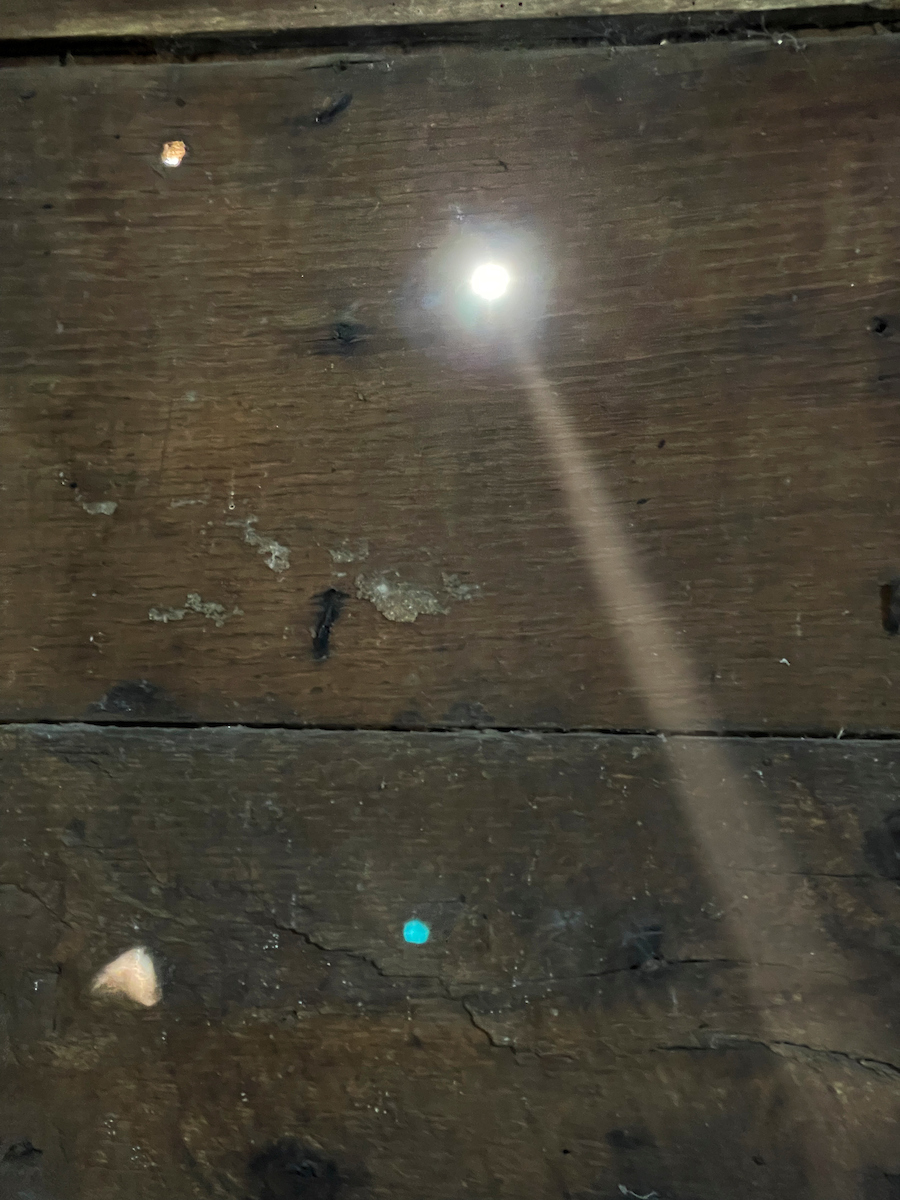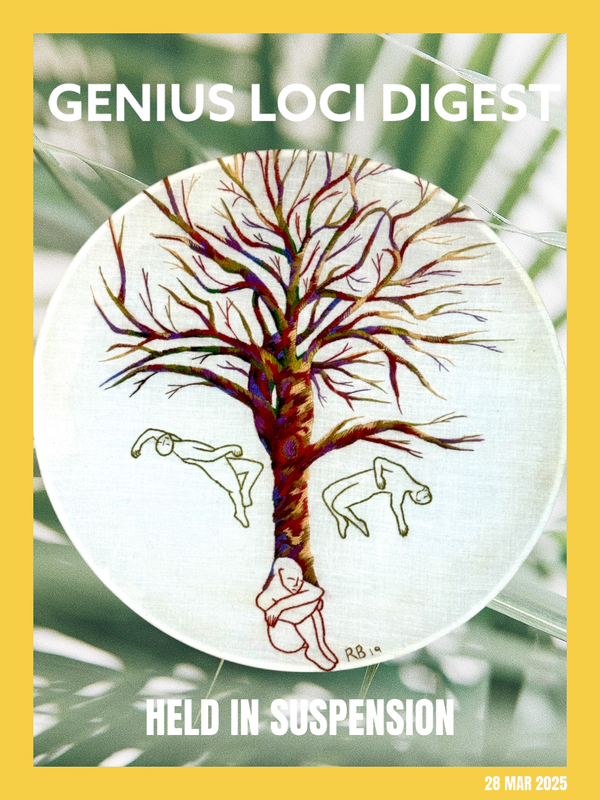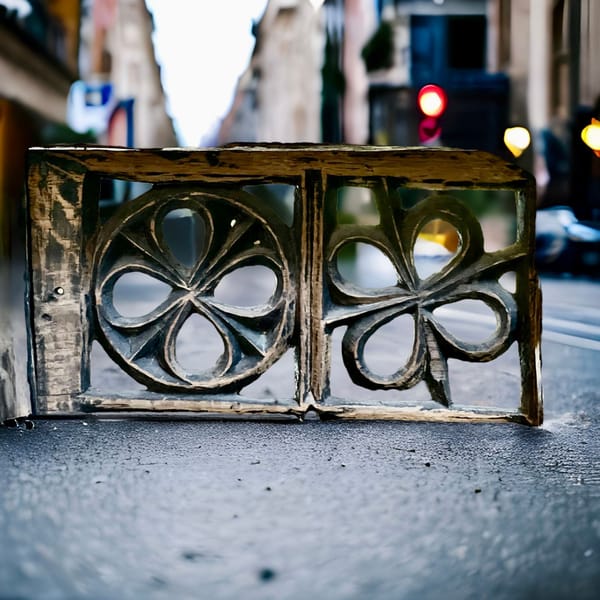
The road to St. Ellyw’s is a hollowed out single track - cut into the side of forests and fields. I sense that I’m getting closer to the church when the van starts to jitter across chevroned mud scatter, and soon the road dissolves into a farmyard with boundaries that are vaguely visible beneath the ochre clay that seems to abound in these parts.
The church lies within a scattered hamlet with oval shaped boundaries. I park next to the bridge over the brook and hike up the steep lane and position myself between the church and the Black Mountains, covered with a mantle of snow to the south. I always try and get a sense of a building before I photograph it. The boundary here is oval shaped, betraying a ritualistic landscape that is older than the church.

There's something special about entering a church. The best places evoke a feeling of transition upon entrance. There's no exception here. The view over to the east is divine: the medieval rood screen survives and is painted with ox-blood. Upon the screen is the presence of absence - a ghost-rood.

I notice that the door at St. Ellyw's is made of ancient wood, with a patina that's been curing for centuries. Once inside, I see a gap in the base of the door and a small hole half way up the door. A little later, whilst photographing a wall painting, there's some movement at the base of the door: a wren hops inside, slants its head at the tripod, and then flies up to the roof timbers. I realise that the hole at the base of the door is there because of local knowledge and not lack of maintenance.


A few minutes after seeing the wren, a slender shaft of light appears from the smaller hole in the door, capturing the dust motes in its rays. I look to where it’s landed - an orb on the wall to the left of the font.


I keep checking back on the light shaft from the door. The orb has reached the base of the font. The north wall is now a sundial, the liturgy secondary to horology - the font is a gnomon.
As the day circles around I continue with my work, remembering the words of John Ruskin when he first used a daguerreotype to photograph the buildings of Venice. He felt as if he were carrying off the palace itself within his camera. I too feel like a magician in places like this, capturing the magic of this space within the confines of my camera - bottled within the sensor.
It’s only when the light orb reaches the shaft of the font that I notice some movement within its sphere. I bend down to focus in, and realise that I’m witnessing an act of magic that has mesmerised human beings for millennia. The world outside has been transported along this shaft of light onto the font, the traditional place of new beginnings. The clouds in sharp relief are moving at a pace across the orb at the base of the font.

Momentarily, I feel a shift of perspective in this little church, shadowed by the Black Mountains. This precious incident of light has enshrined me within the intricate workings of a camera obscura. This little box with an ancient oaken aperture, has carried me off with the fixtures and fittings.
St. Ellyw’s Camera Obscura caught on film
Visit:



Subscribe to my Genius Loci Digest for free
'This Digest helps keep the past alive as a memory bank. Many of the answers can be found in the wisdom that sits in places, because buildings that survive from the past are the mouthpiece of history. In this Digest I tell stories about them and my encounters with them.'
SubscribeSpirit of Place * History * Material Culture * Heritage * Continuity * Photography * Travel * Architecture * Vanlife * Ways of Seeing * Wellbeing * The Historic Environment * Churches * Art * Building Conservation * Community * Place Making * Alternative Destinations * Hidden Gems * Road Trips * Place Writing *









Member discussion